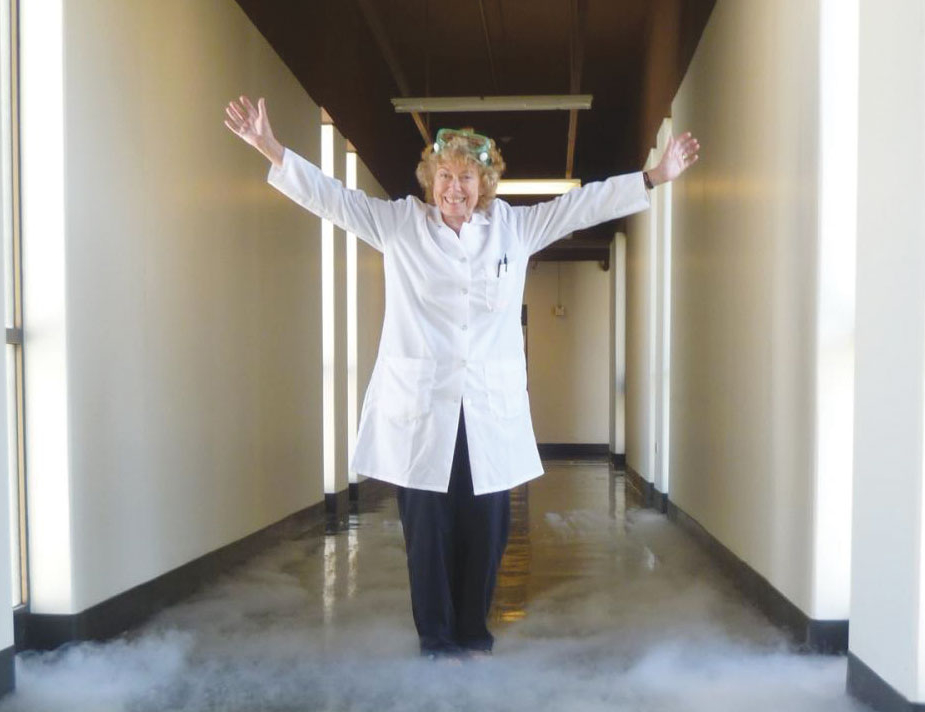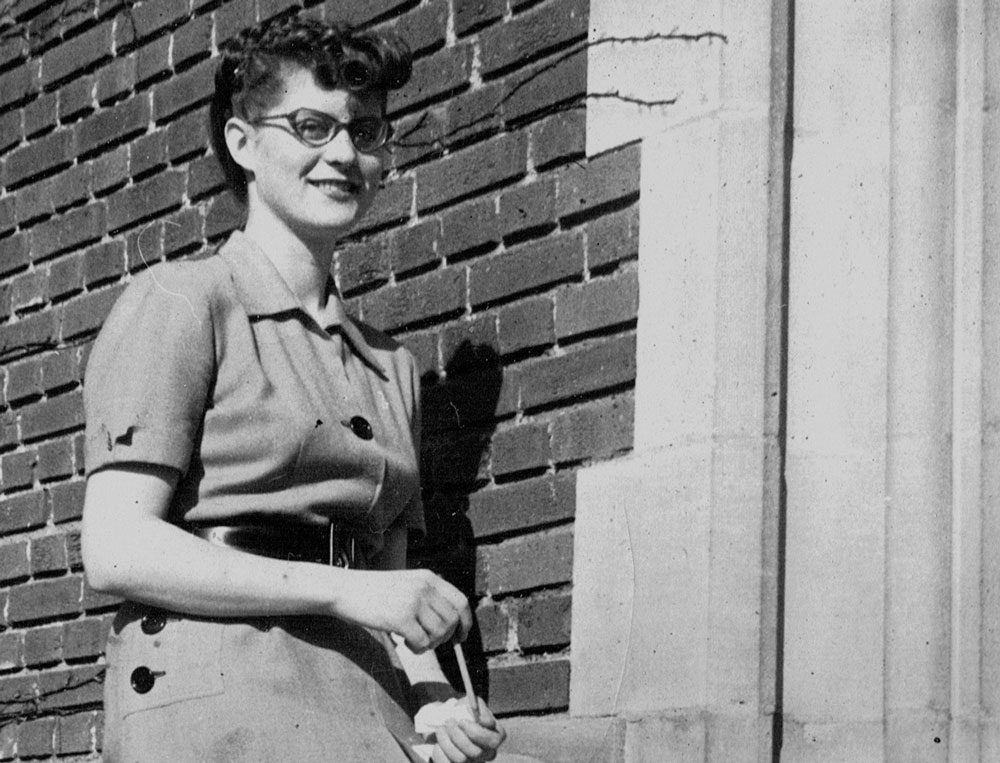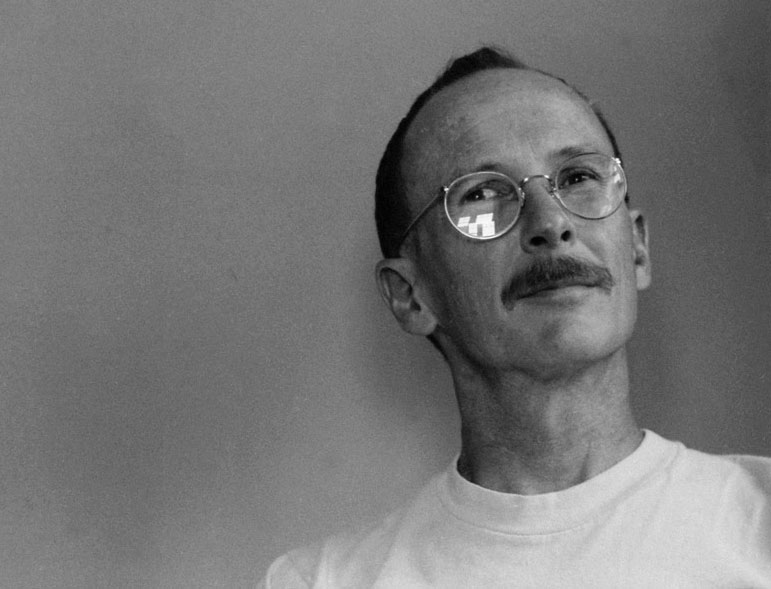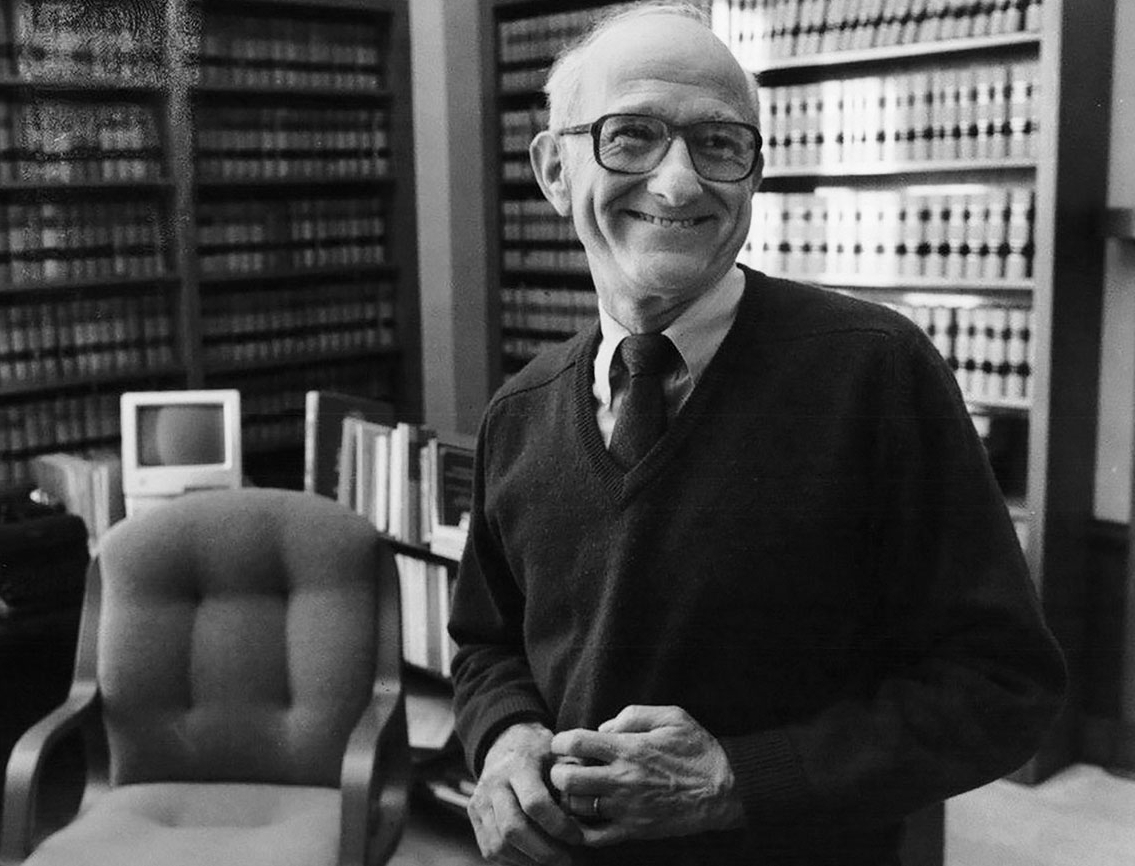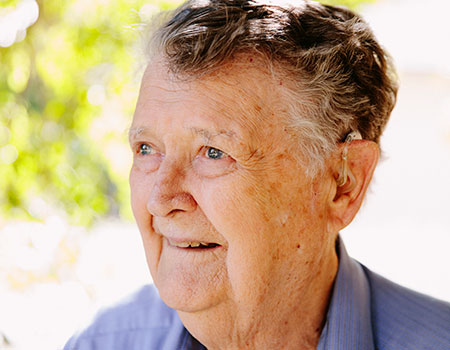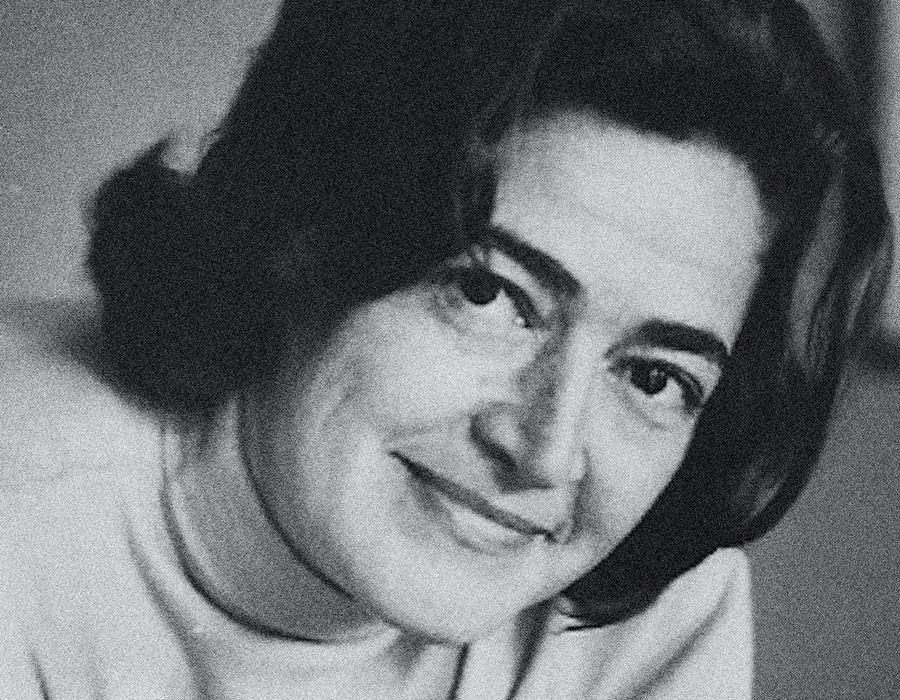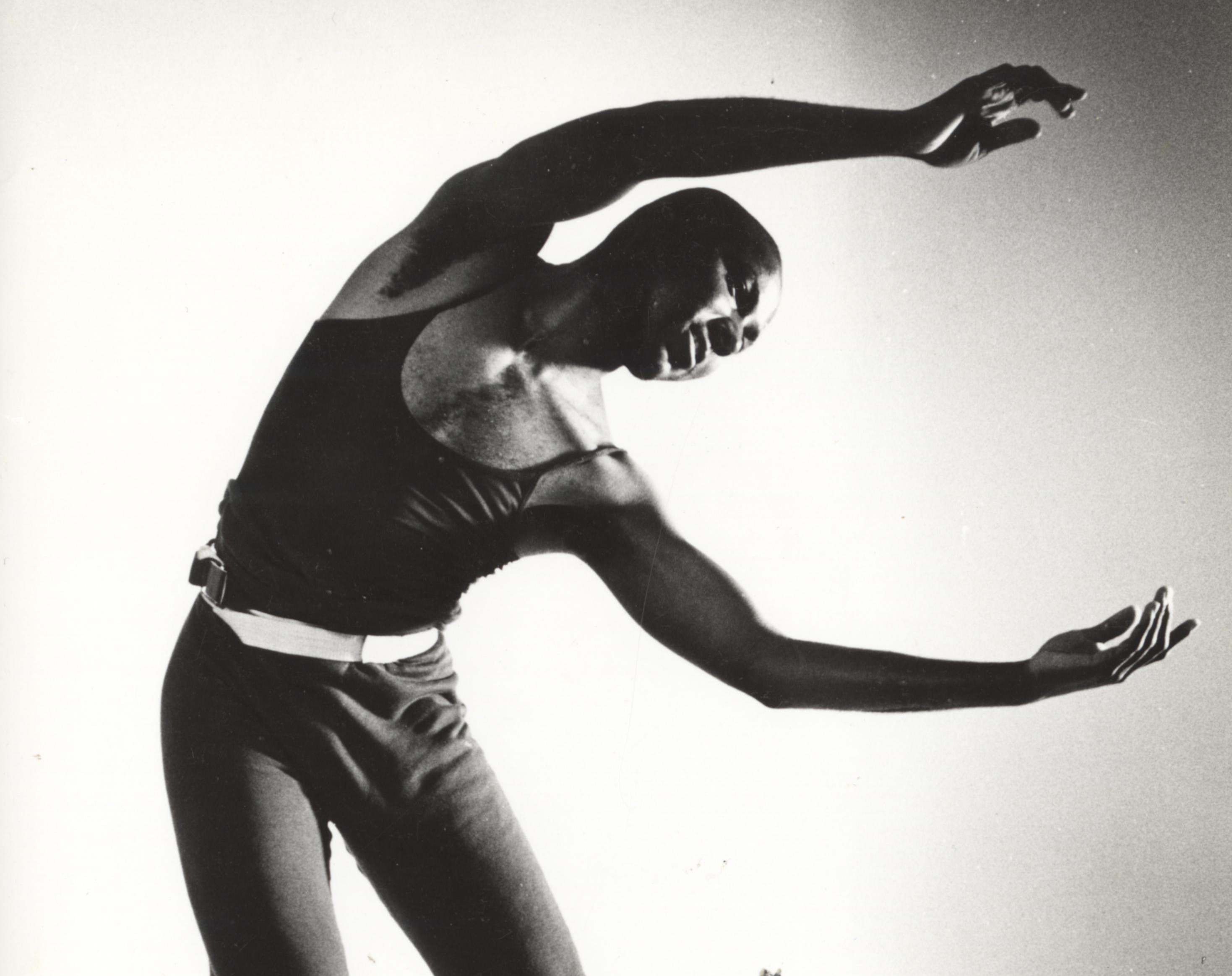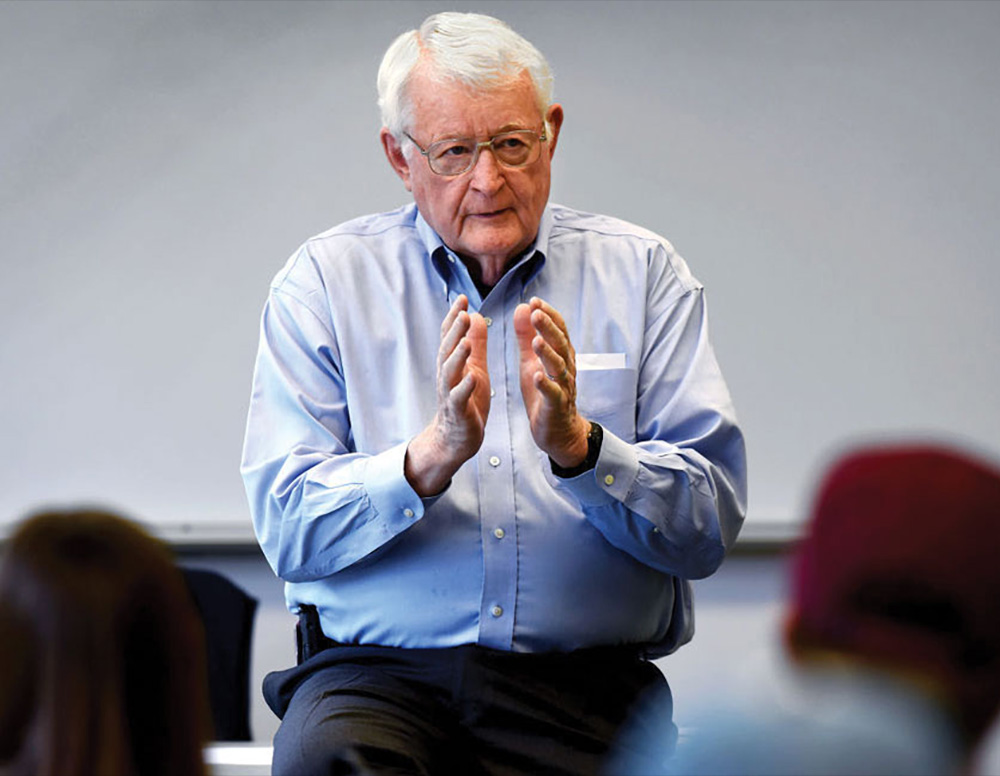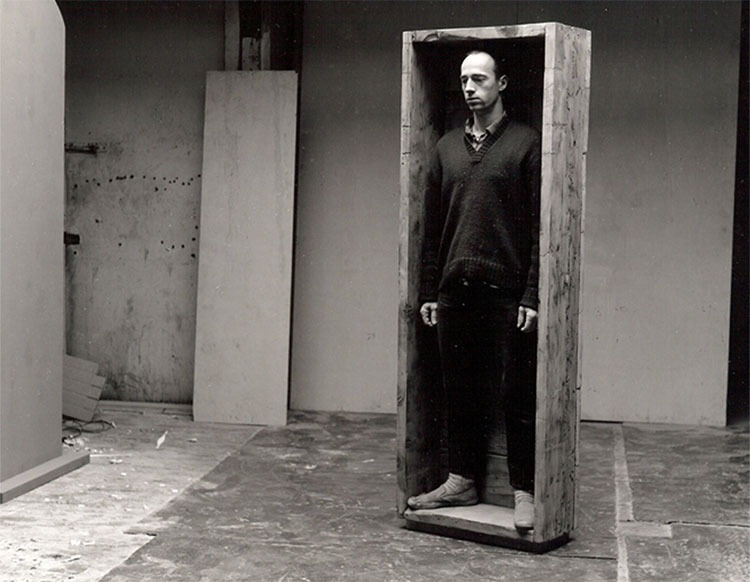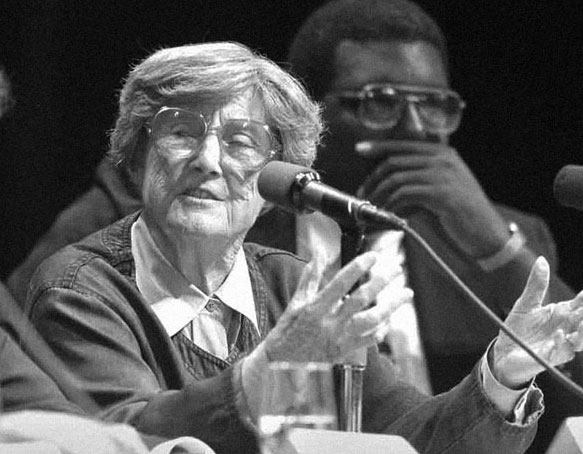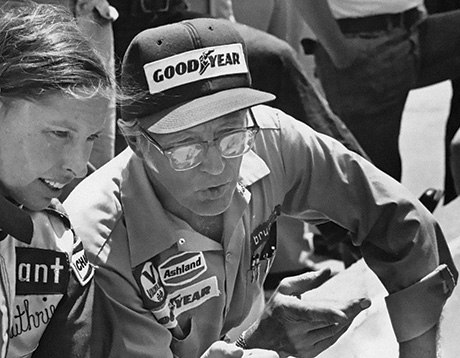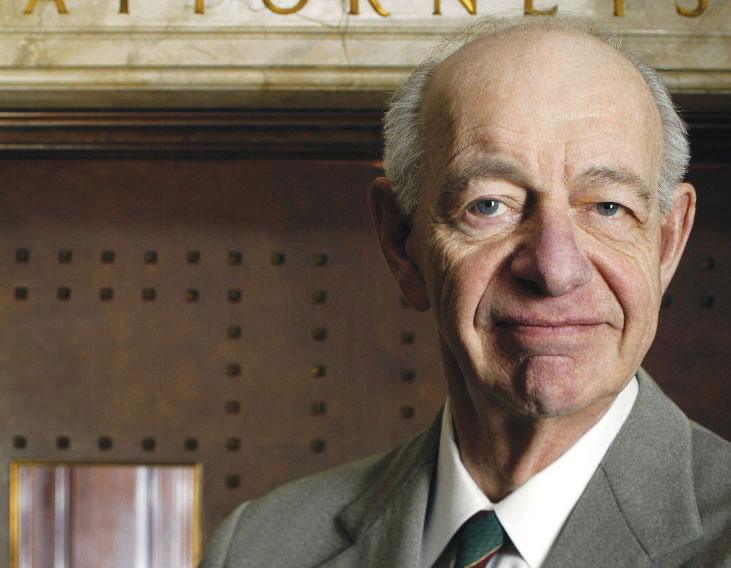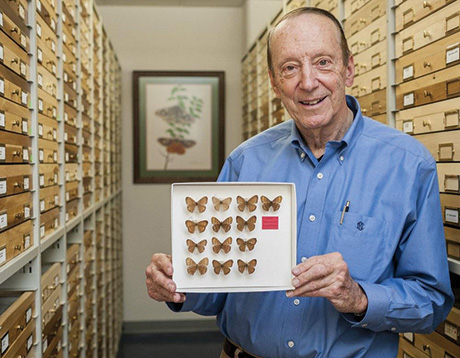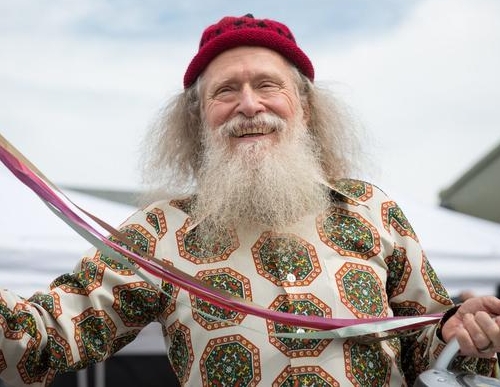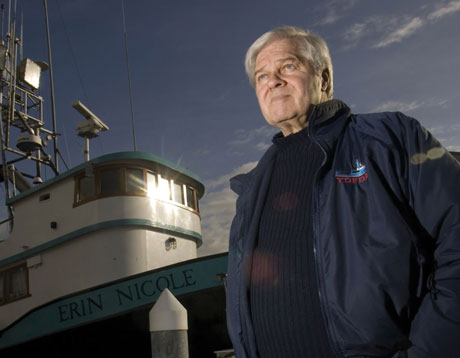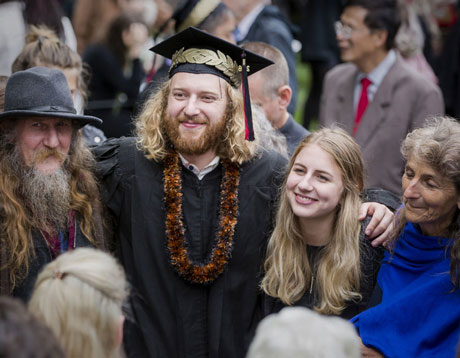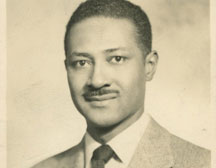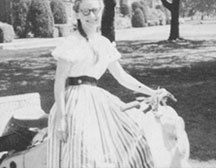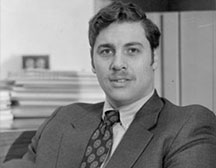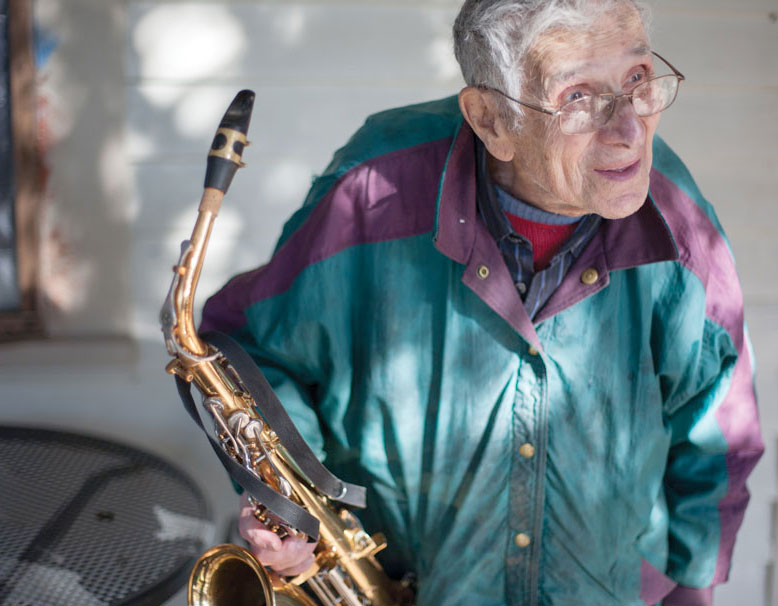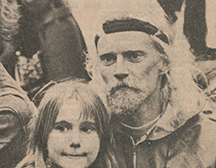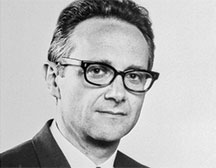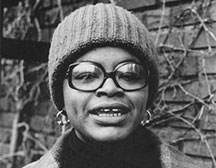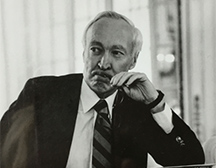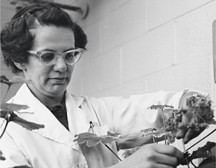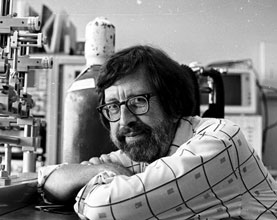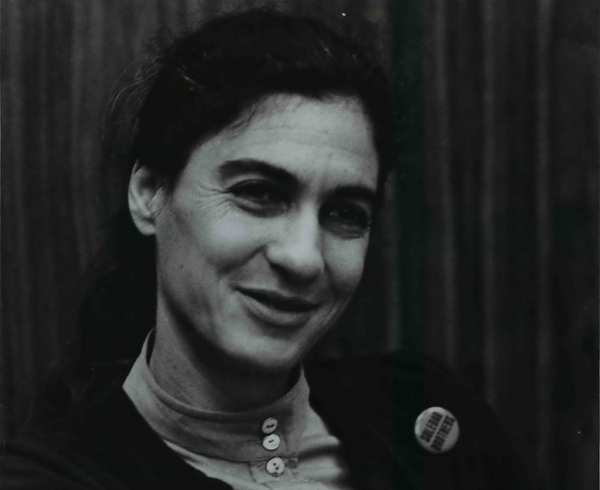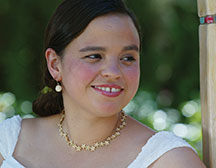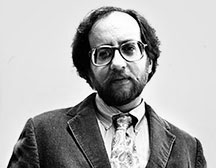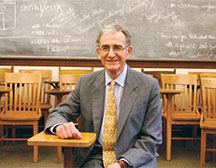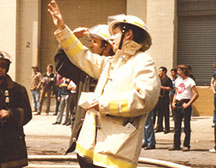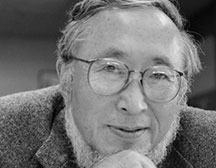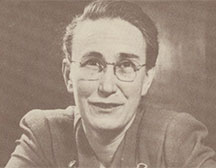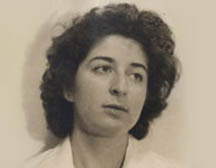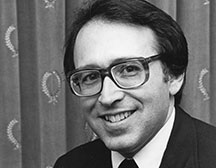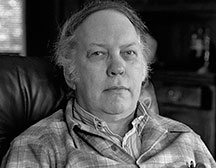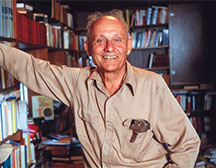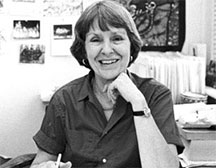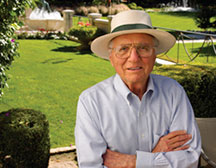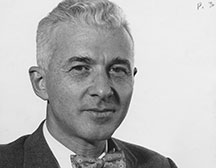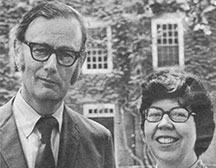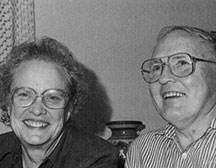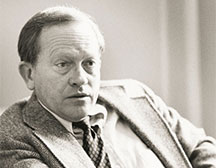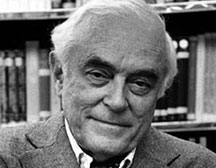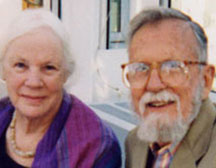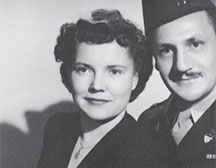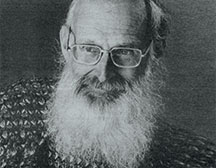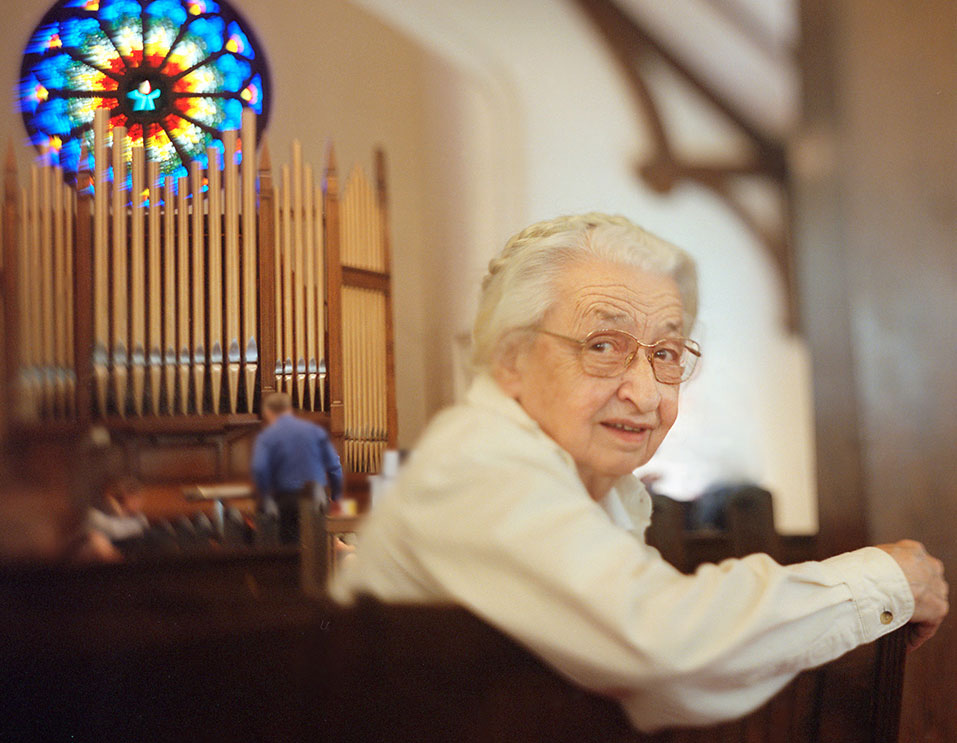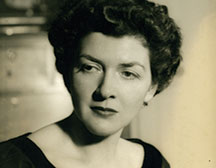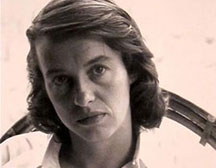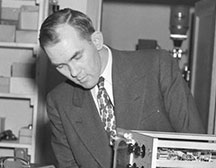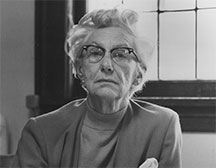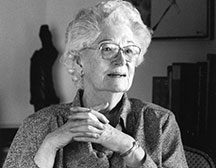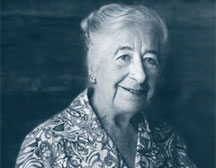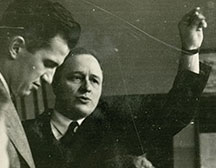Eli (Robert) Leon ’57
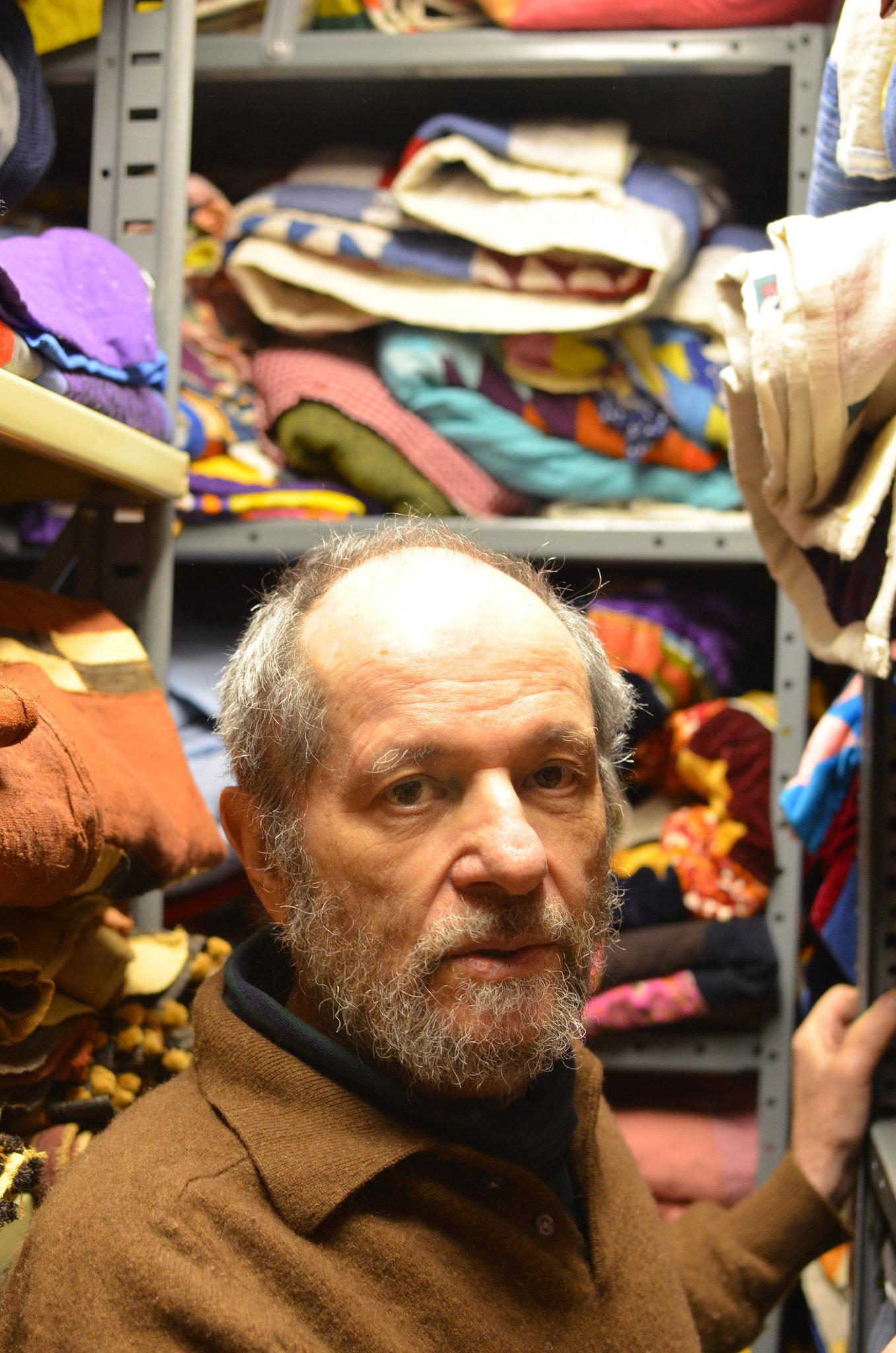
March 6, 2018, in Emeryville, California, of septic shock.
Those who relish the materiality of the material world sometimes get a bad rap. Demonstrating an unbridled affection for things that dazzle, they may be termed hoarders. But a zealous collector knows both the thrill of the hunt and the joy of lolling knee-deep in treasures.
Eli had what the Italians call bellocchio, “beautiful eye.” He was enchanted by the visual thrum of arranging a cache of Depression era goods into the artful displays that lined the walls of his bungalow in Oakland, California. Having just one mint-green meat grinder didn’t telegraph the message as well as having a dozen of them. When the Grove Street Freeway was being constructed in the late 1960s, Eli went through the homes that had been condemned by eminent domain and scooped up the everyday things that had been abandoned in the working-class neighborhood. These formed the nucleus of his collection.
He was born Robert Stanley Leon in the Bronx. His parents were first-generation Jews from Lithuania. His father was a jeweler and watch repairman and ran a small accessory shop on the Lower East Side. Robert attended the High School of Music and Art, where he pursued poetry, graphics, and ceramics. He spent a summer at Black Mountain College in Asheville, North Carolina, studying with potter Karen Karnes, and entered Oberlin College in Ohio before transferring to Reed. Majoring in psychology, he wrote his thesis, “Differences Between Gifted Academic Achievers and Underachievers: An Analysis of Responses to Open-Ended Questions,” with Prof. Robert Wilson [psychology 1953–57] advising.
He went on to get his master’s at the University of Chicago, where he trained in Reichian psychotherapy, the practice of which became his main source of income. He was briefly married to his college girlfriend, Anne Drummond, although they both knew he was gay. Sometime later, he changed his first name to Eli.
By the 1970s, he was becoming a regular at flea markets, and began specializing in quilts of all kinds. Even dedicated gatherers realize that they can’t collect everything, and Eli began focusing on African American quilts with their irregular, improvisatory patterns. As he shopped the flea markets, he pressed dealers for knowledge of local quilt makers. One day in 1985, he encountered Rosie Lee Tompkins (1936–2006) selling household items at a Marin County flea market, and asked if she knew any African American quilt makers. She said that she dabbled in the craft.
Born in rural Arkansas, Effie Mae Howard (she adopted the pseudonym of Rosie Lee Tompkins for her quilts) picked cotton and pieced quilts with her mother before moving to California, where she worked as a nurse in a convalescent home. Suffering a nervous breakdown in the late-’70s, she found solace in needlework. Critics likened her improvisational quilts to Modernist paintings. Tompkins credited God as the artist and said her brilliant colors and geometric shapes were often inspired by deep prayer.
Dazzled by Tompkins’ work, Eli began to buy whatever she would sell him. He also purchased from other African American quilt makers in the Oakland area, accruing a collection of nearly 3,500 quilts, including some 200 by Tompkins. He studied the quilts and related their ad hoc patterns to textiles made in West Africa. Eli made trips to Texas, Louisiana, and Arkansas—areas he knew the California quilt-makers had come from—to interview their relatives, and, of course, buy more quilts. In 1989, he received a Guggenheim Fellowship to conduct research in the South.
Gaining acclaim as a self-taught scholar of African American quilts, he brought attention to the field, and especially to the quilts of Rosie Lee Tompkins. He began mounting museum exhibitions of her work and wrote books and catalogues published in conjunction with the shows. Eli organized his first exhibition of quilts from his collection at the San Francisco Craft and Folk Art Museum in 1987 and would go on to organize nearly a dozen exhibitions across the country. His most ambitious show was Accidentally on Purpose: The Aesthetic Management of Irregularities in African Textiles and African-American Quilts, held at the Figge Art Museum in Davenport, Iowa, in 2006, the year Tompkins died.
“Eli Leon turned the full force of his exceptional intelligence and visual acumen onto the field of African American quilts,” Lawrence Rinder ’83, director of the Berkeley Art Museum and Pacific Film Archive, told the San Francisco Chronicle. “His exhibitions and publications, as well as his phenomenal collections, leave a profound legacy.”
Eli, who learned he had primary progressive aphasia in 2012, died in a care facility. The fate of his quilt collection has not yet been decided.
Appeared in Reed magazine: September 2018
comments powered by DisqusFrom the Archives: The Lives they Led
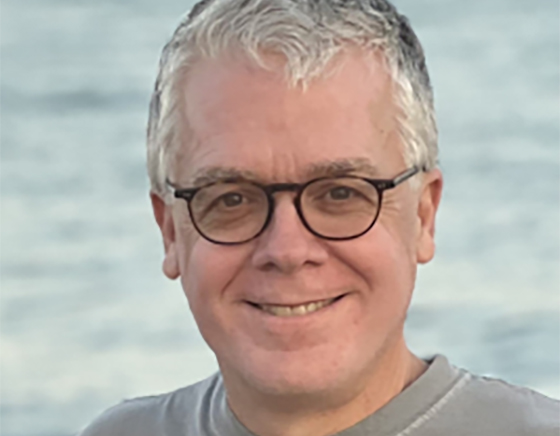
Frederick Dushin ’86
Frederick, an architect and software developer, embodied the intellectually adventurous spirit of Reed throughout his life.
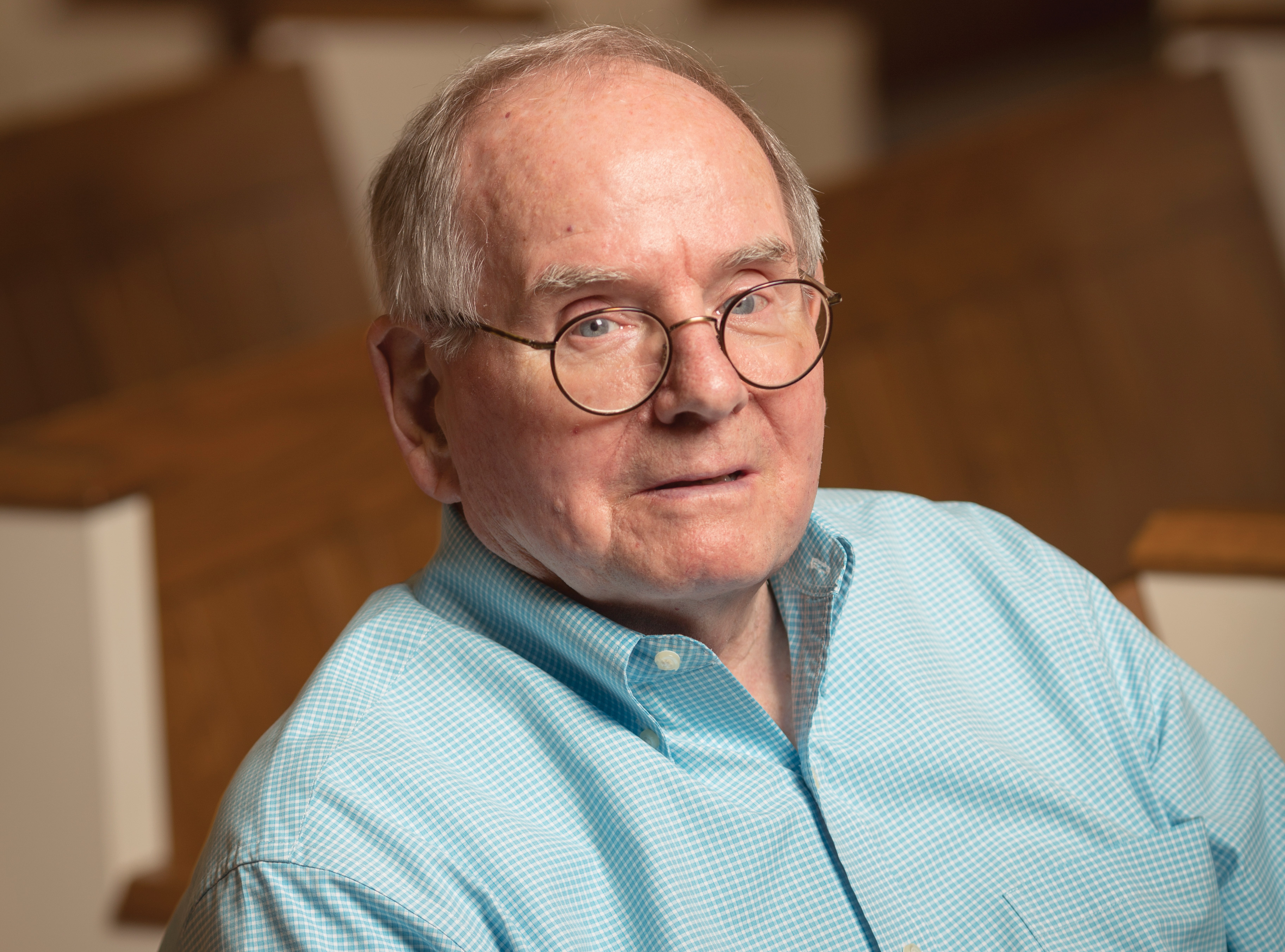
William Haden
As acting president of Reed from 1991 to 1992, William “Bill” R. Haden worked to strengthen Reed’s finances and improve alumni relations.
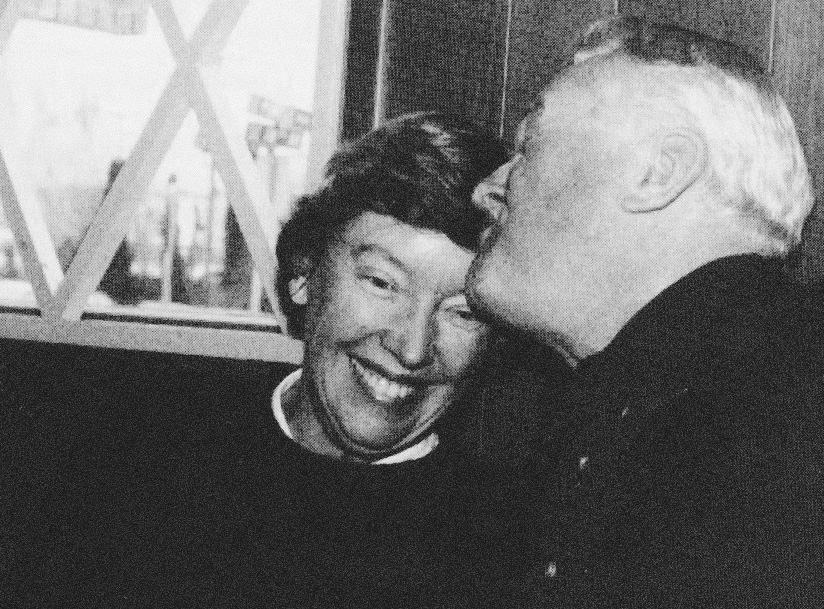
Nancy Horton Bragdon
Reed’s First Lady Whose Warmth and Leadership Were Invaluable During a Turbulent Time

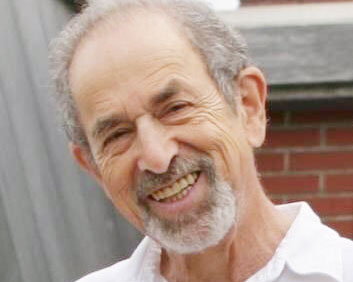
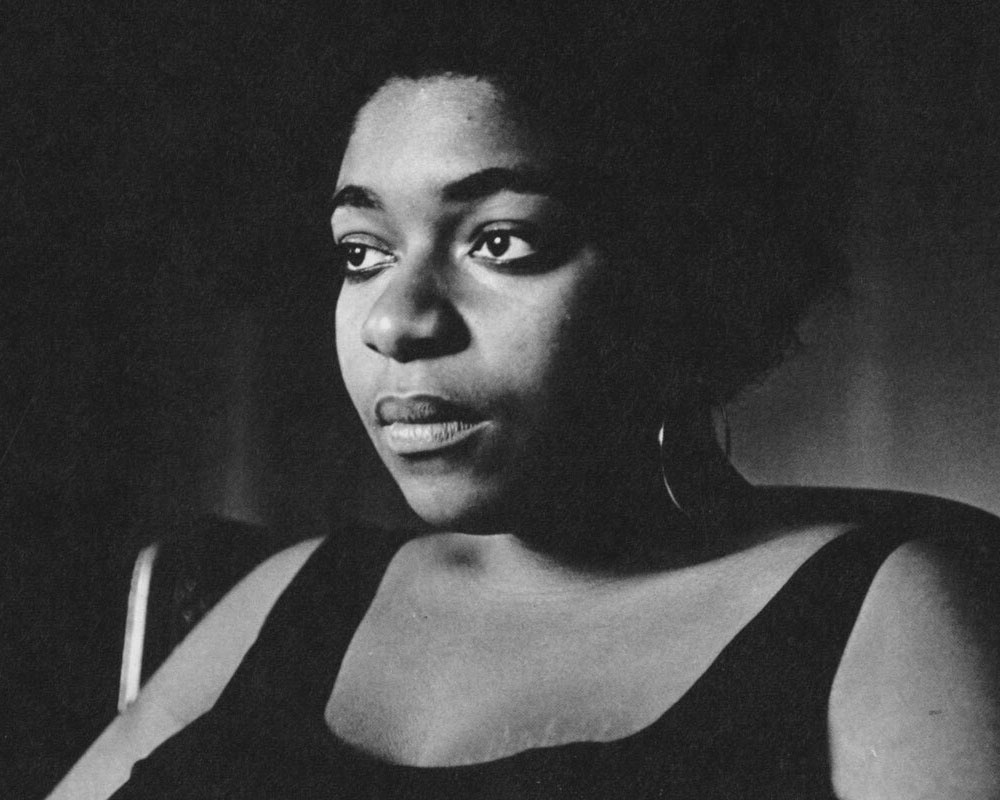
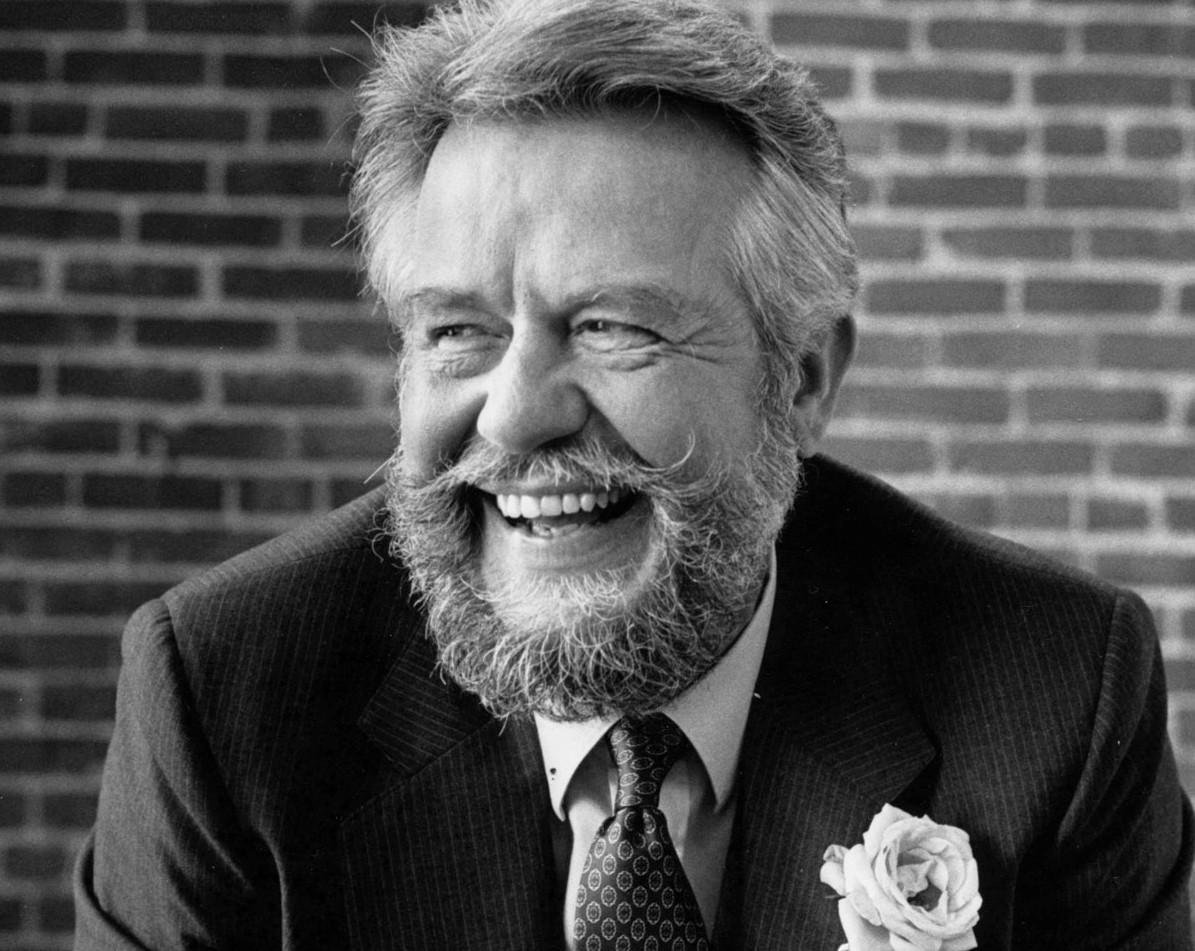
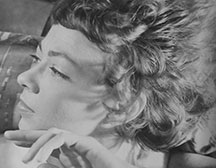
![Photo of Prof. Marvin Levich [philosophy 1953–94]](https://www.reed.edu/reed-magazine/in-memoriam/assets/images/2022/LTL-levich1.jpg)
![Photo of President Paul E. Bragdon [1971–88]](https://www.reed.edu/reed-magazine/in-memoriam/assets/images/2020/Bragdon.jpg)
![Photo of Prof. Edward Barton Segel [history 1973–2011]](https://www.reed.edu/reed-magazine/in-memoriam/assets/images/2020/Segel.jpg)
